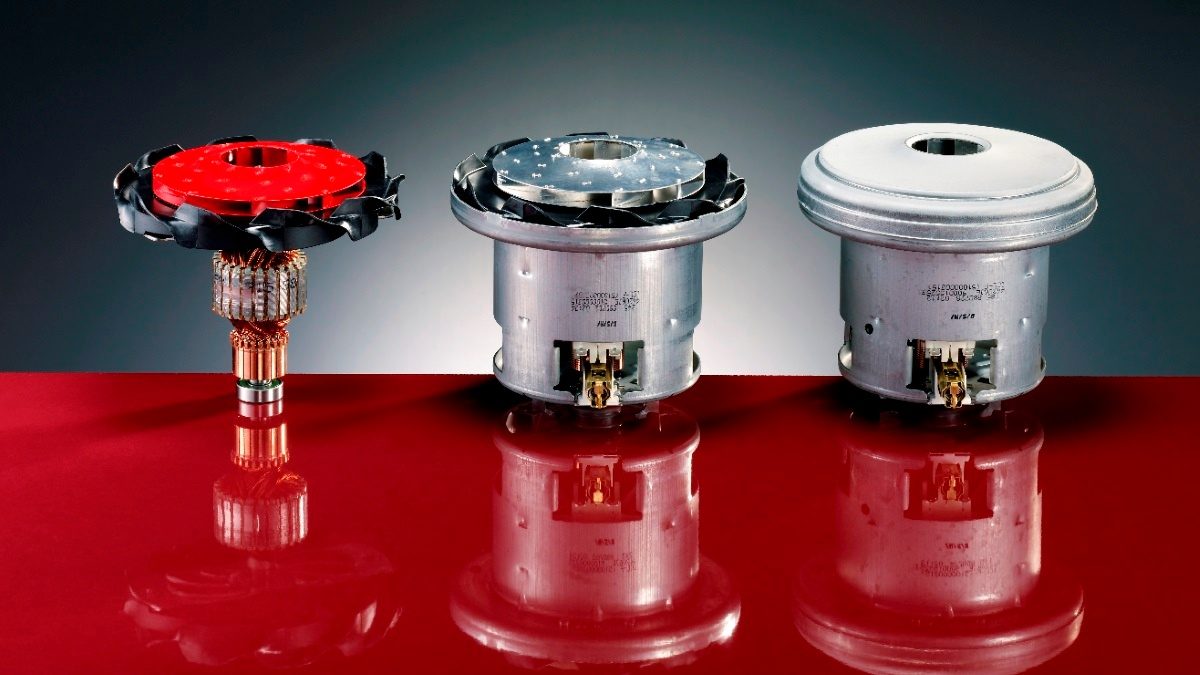Chromebook App Hub Offers Teachers Ideas For Classroom Activities

Cameras are getting so swift now that it is difficult for normal SD cards (and even superior UHS II models) to level up. Sony has just declared that it is designing new cards with the help of the all-new CFexpress technology. They can write and read data at speeds of 1,480 and 1,700 MB/s, respectively, leaving behind every present kind of camera storage. Various new cameras in the sector, comprising the Panasonic S1/S1R and Nikon’s Z6/Z7, will show support for the cards.
CFExpress employs PCIe Gen tech similar to MicroSD Express and SD Express, but employs a bigger and CF (CompactFlash) format. The SD Association lately declared that MicroSD Express cards might operate at 985 MB/s, an unbelievable speed for a small card. Other makers such as ProGradeDigital have also lately declared development of CFexpress card. The only cameras that actually require need that type of speed are professional cinema RAW cameras from the likes of Arri and RED.
On a related note, missing animals is a huge issue for park rangers whose job is to defend the animals from poachers. In Tanzania in Serengeti National Park, for instance, there are only 150 rangers accountable for defending a region of land almost the size of Belgium.
A new solution to this issue given by Resolve (conservation nonprofit firm) is to employ AI-fitted cameras to act as distance lookouts. Resolve declared a new custom-made gadget dubbed as TrailGuard AI, which employs Intel-developed vision processors to identify humans and animals that wander on the surrounding. The cameras will be positioned on access trails employed by poachers, automatically warning park rangers who can verify if any suspicious activity is in progress.
TrailGuard AI operates on earlier work by Resolve to make remote cameras to help conservation. On the other hand, early machines had limited battery life, were bulky, and were basic, sending pictures to rangers every time their motion sensors were triggered.


